
views
Providing Immediate Care

Stay calm. If you notice a nosebleed, don't become frantic. Doing so will only make your dog upset and frightened. Instead, try to stay calm and collected. You can help your dog. You just need to stay cool-headed, so you can get it to the vet and get it treated.

Check for breathing. Your dog primarily breathes through its nose, so when it gets a nosebleed, it may have trouble breathing. Make sure the dog is breathing okay before doing anything else. If it's not, it's time to go to the vet now. If your dog is having trouble breathing, you should be able to hear wheezing. Your dog may also be panting more, as well as breathing more rapidly.

Apply ice and pressure. To stop the nosebleed in the moment, use an ice pack. Wrap ice in a cloth or washcloth so it isn't too cold, then hold it up to your dog's nose, on the bridge. Apply light pressure in the area. The cold should help the blood vessels narrow, making the blood stop flowing. You should apply pressure until the bleeding stops. If it hasn't stopped after about 20 minutes, consider taking your dog to the vet.
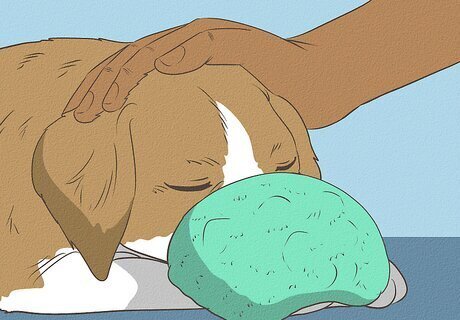
Calm your pet. You don't want your dog to move around too much. Moving around increases blood flow, which makes the nosebleed worse. Instead, try to keep it still by petting it and talking soothingly to it while you apply the ice pack. Continue calming your dog even once the blood as stopped flowing, as moving around too much could cause the clot to blow, creating a new nosebleed.
Diagnosing and Treating the Condition

See a veterinarian. A nosebleed is often a symptom of an underlying condition. Therefore, if you notice a nosebleed in your dog, you need to take it to the vet as soon as possible to get a diagnosis. Often, your dog will continue to get nosebleeds if the underlying condition isn't treated. Expect tests. Because a nosebleed can indicate a wide variety of conditions, your doctor will need to do a full examination, plus a range of tests. The tests will likely include taking both a blood sample and a urine sample for analysis. Your vet may also order x-rays or a CAT scan to help to determine what is wrong. Nosebleeds in dogs can be caused by more minor issues such as high blood pressure, dental disease, a fungal infection, or mild trauma (including having something stuck in the nose). Your dog may also have a problem with blood clotting. Some more serious possibilities include the chance of a tumor or cancer, problems from eating rat poison, and diseases passed from ticks. The most common causes for nosebleeds are infections, trauma, and tumors. A few other possibilities include Rocky Mountain spotted fever or a thyroid issue.

Think about possible causes. It can help your vet if you think about possible connections to the nose bleed. For instance, if you know your dog got into rat poison (which can also happen if they eat a rodent contaminated with poison), that's a connection. Another connection is if the dog experienced any trauma recently, such as running into something. Foxtails, a type of grass with a spiky end, can also be a problem if your dog has had a run-in with it recently, as the end can go up the dog's nose and get stuck. Medications can also cause nosebleeds, particularly NSAIDs (like ibuprofen).
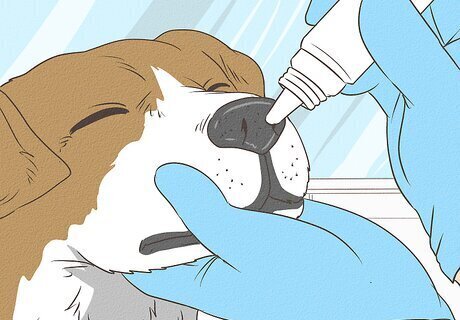
Understand how the vet may stop the nosebleed. If your dog's nose won't stop bleeding, your doctor may need to employ some other tactics than you used. They may use epinephrine drops on the nose, for instance, or they may put your dog under anesthesia and pack its nose with gauze. Your vet may also have to cauterize the end of the blood vessels to stop the nosebleeds. If your dog has lost a lot of blood, it may need a blood transfusion, which your vet can provide. Ask about antibiotics or antifungals for infections. If your dog has an infection, a round of antibiotics or antifungals may be needed to treat the infection. Once the infection has been banished by the medications, the nosebleeds should go away, too.
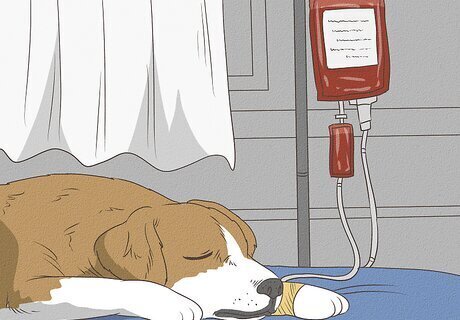
Know a plasma transfusion may be needed. If your dog has von Willebrand's disease, it may need a plasma transfusion to help treat it. Von Willebrand's disease, often inherited, is found in both dogs and humans. Basically, the blood doesn't clot as well as it should, causing excessive bleeding. After the bleeding has stopped and your dog has had a plasma transfusion, your doctor may recommend that it begin taking a round of drugs intended to treat the disease.
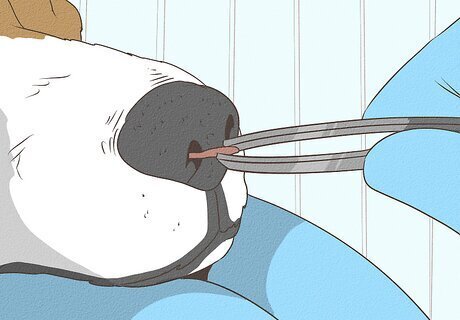
Remove the object if something is lodged. If your dog ran into something that become lodged in its nose, the vet will need to remove the object. Doing so may cause more bleeding for a bit, but the nosebleeds should clear up eventually. Your vet may be able to remove the object with tweezers. If they can't remove the object, they may need to move on to surgery.
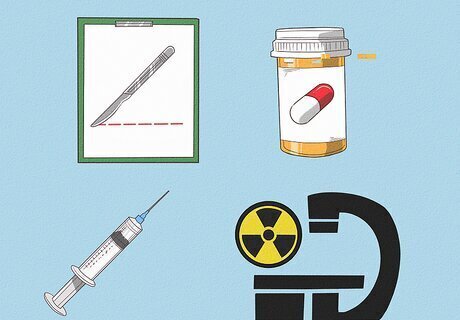
Understand other options. If the problem is a tumor, a build-up from a fungal infection, or a badly lodged object, surgery will likely need to be performed on your dog. Of course, your vet will need to make this call, and they will provide you with the options you have for your dog's care. Depending on what's causing the problem, your dog may need other treatments, such as immunosuppressive therapy. Prednisone may be prescribed if the problem has to do with the platelets in the blood. Chemotherapy or radiation therapy may be needed if the cause is cancer. Your dog may also need to stay in the hospital for a period of time for treatment.
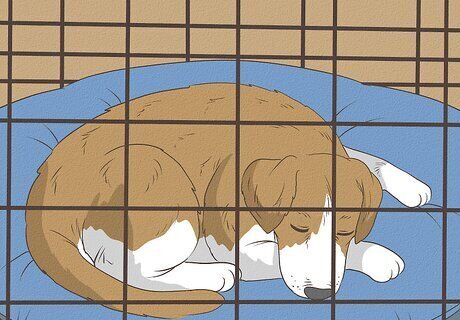
Follow your vet's directions at home. Once your dog comes home, you'll need to follow all of your vet's instructions. Your dog will need to be kept calm. A crate can help in severe cases. You'll also likely need to give your dog medications, either pills or a spray for the nostrils, which your vet will show you how to apply.
Noticing the Symptoms of a Nosebleed
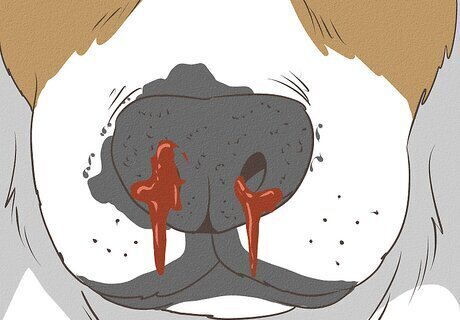
Watch for blood. Obviously, the main symptom of a nosebleed is a slow, steady flow of blood dripping from your dog's nose. However, you may not notice the flow right away. Watch for the skin around the nose changing color (turning darker because of the blood). You may also see swelling around the mouth and nose.

Look for signs of distress. Even if you don't notice the blood right away, your dog is likely to know something is wrong or different. It will likely paw at its nose as a nosebleed starts because it can feel the blood starting to come out.
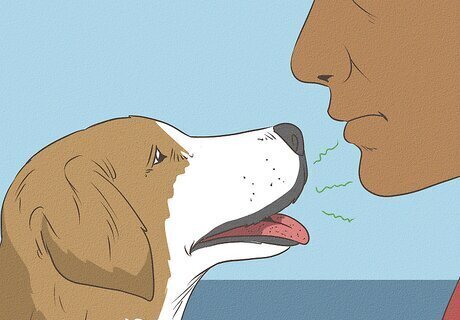
Give your dog's breath a sniff. As a dog owner, you know dog breath is rarely pleasant. However, nosebleeds can cause even worse breath, particularly if they are chronic. If you notice your dog's breath suddenly getting worse, it could be because of nosebleeds or the underlying cause.
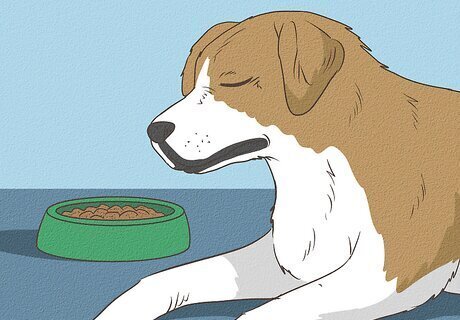
Pay attention to your dog's eating habits. If your dog suddenly stops eating, that could also be a sign of nosebleeds. More likely, it's a sign of the underlying condition causing the nosebleed. Either way, if your dog stops eating, it needs to see a vet. While your dog may still be eating, you should also note if it's losing weight over time.

Check out your dog's feces. This job is definitely not a fun one. However, you don't need to dig around in your dog's feces. Rather, you just need to note the color. If it's especially dark and sticky, that could mean your dog has been swallowing blood from a nosebleed.














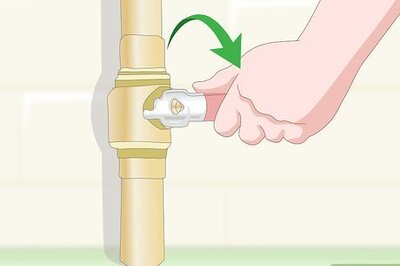


Comments
0 comment